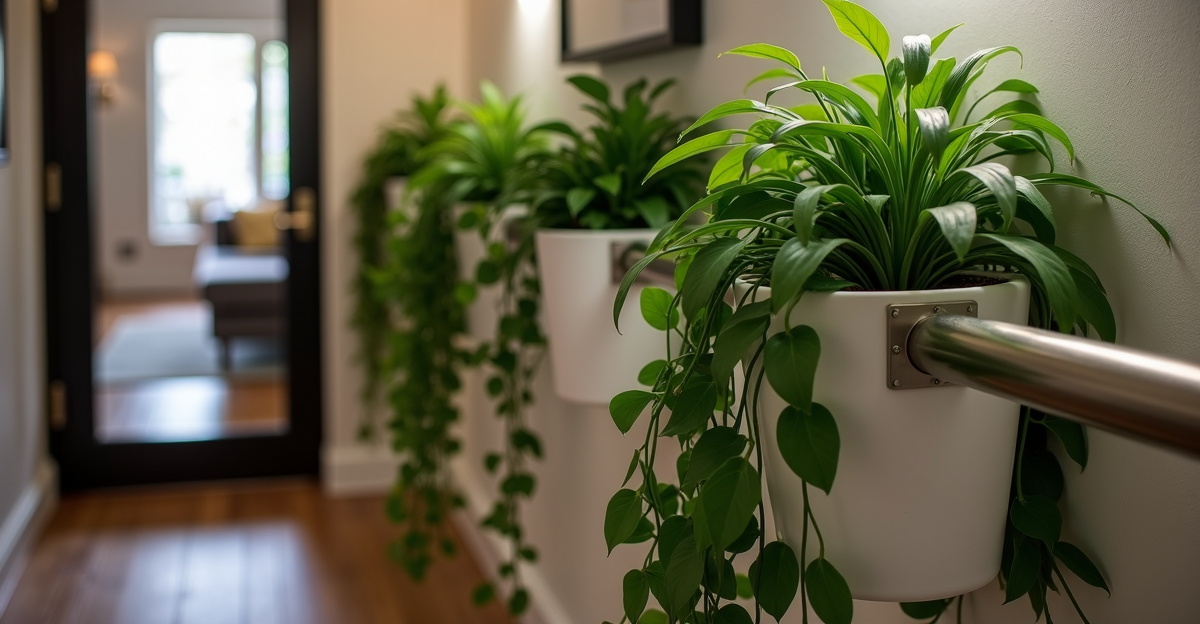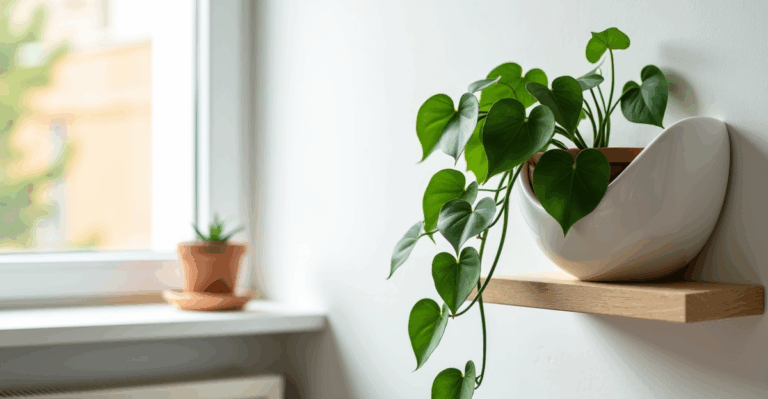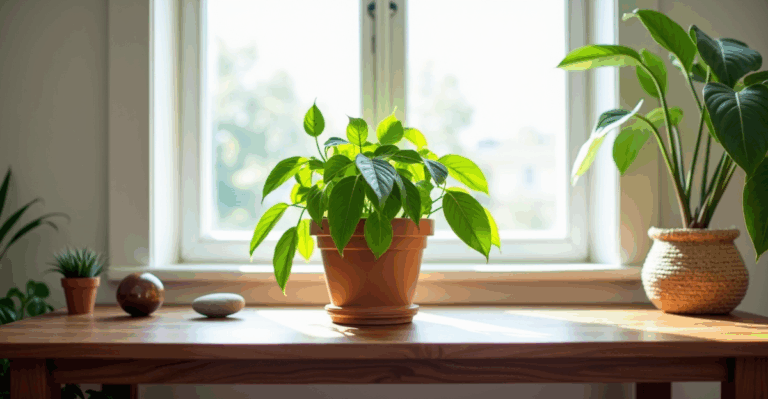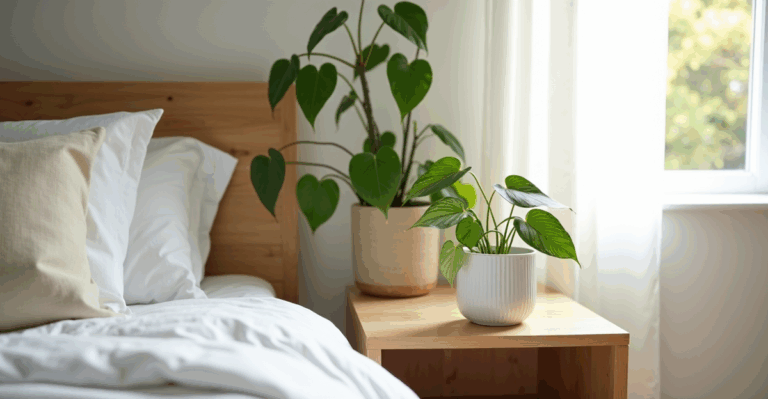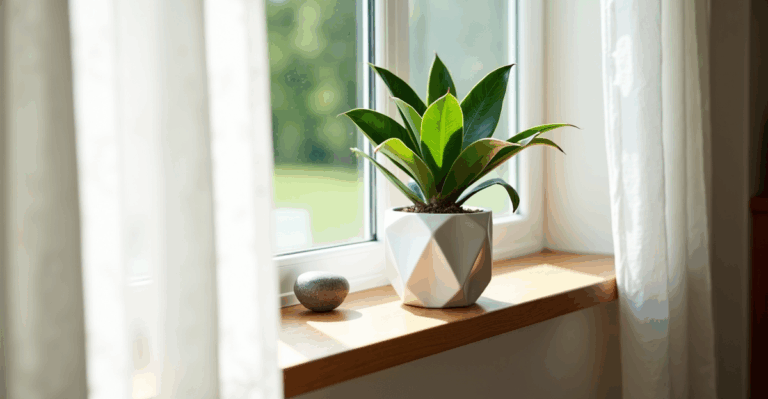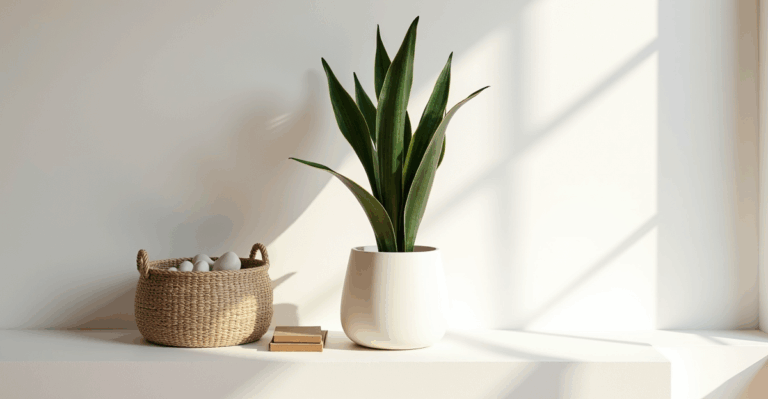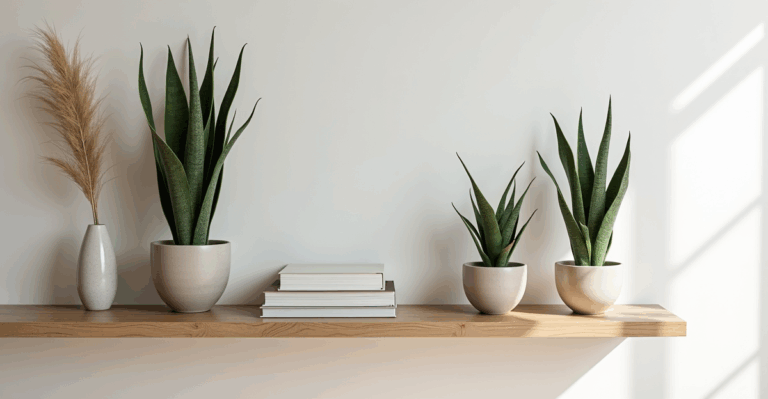Styling Your Stair Landing with Pothos (No Natural Light? We’ve Got You Covered)
You’ve finally found the perfect spot for your pothos: that narrow, overlooked stair landing tucked between the hallway and the living room. It’s so close to the main living space, yet it’s been perpetually dark. You’ve tried a few other plants—some died within weeks, others just stopped growing. You’ve even considered just leaving it bare. But pothos? It’s the resilient survivor we all love. And guess what? With the right light setup and styling, that dark landing can become a lush, living feature. No, you don’t need a sun-drenched window. We’ve got the practical fix.
The biggest mistake we see? Trying to grow pothos in total darkness without adding light. Pothos thrive in low light, but they still need some light—around 100-300 PPFD (a measure of light intensity). In a truly dark landing, they’ll stretch, lose color, and eventually get weak. But adding a simple, well-placed grow light changes everything. It’s not about fancy, expensive systems—it’s about smart, accessible solutions that fit your space without cluttering your home.
Why “Low Light” Isn’t a Free Pass (It’s About Light Quality)
Let’s be clear: pothos do grow in low light, but “low light” means not the deep, shadowy corner behind a bookshelf. It means a spot that gets some ambient light from a nearby window, or, crucially, a spot that gets consistent, filtered light from a grow light. If your landing gets zero natural light (like a basement landing or one blocked by walls), a grow light isn’t optional—it’s essential. And it’s simpler than you think. You don’t need to install a whole lighting system. A simple, affordable LED grow light on a timer will give your pothos exactly what it needs.
What most people miss: They buy the wrong light bulb or place it too high. A standard 6500K daylight bulb won’t cut it—it lacks the red spectrum pothos needs for robust growth. You need a full-spectrum LED (like a 3000K-5000K bulb), positioned about 12-18 inches above the leaves. Place it where it’s visible but not obtrusive—a shelf, a wall mount, or even a small stand beside the landing. Set it on a timer for 10-12 hours a day. This mimics natural light cycles without the hassle of manual switches.
Styling Your Dark Landing: Practical & Plant-First
Stair landings are narrow, often awkward spaces. You can’t just put a big pot in the middle—it’ll be a tripping hazard. Here’s how to style pothos safely and beautifully in this spot:
The key insight: Use the height of the landing. Pothos trail beautifully, so let them cascade down the sides of the stairs or along the railing. A single large pot at the base of the stairs, overflowing onto the landing, creates a lush, organic frame. Or, use multiple smaller pots on a low, wide shelf along the landing’s edge—this avoids blocking pathways and lets the vines flow.
Real-life example: My friend Alex had a landing in their south-facing hallway that got only 15 minutes of direct sun in the morning. The rest was shadow. They added a 12-inch LED grow light on a small shelf beside the landing (pointing at the pothos), set to 10 hours/day. The pothos stopped stretching and started filling out. They used two small ceramic pots with trailing vines, placed on a matching wooden shelf. The vines flowed down the stairs, creating a living curtain. It looked intentional, not like a plant just happening there.
Edge case to watch: If your landing is extremely dark (like a windowless basement), a single grow light might not cover the whole area. Add a second light on the opposite side, or use a flexible LED strip mounted along the top rail of the stairs (it’s unobtrusive and illuminates the vines from above).
Watering & Care: Less is More in Low Light
This is where most pothos care fails in low-light spots. In bright light, pothos transpire more and need more water. In low light (with a grow light), they transpire less—meaning they hold onto water longer. Overwatering is the #1 killer here.
The practical approach: Stick to the “top 2-3 inches dry” rule. For a pothos in a standard pot (not self-watering), check the soil 2-3 times a week by sticking your finger in. Only water when the top inch or two feels dry. In winter, when light is weakest, you might water only once every 2-3 weeks. Crucially: Ensure your pot has drainage holes. A pot without drainage in a low-light spot will cause root rot fast.
Why this matters: Many people use self-watering pots for convenience. In low light, they’re a recipe for root rot. The moisture reservoir stays too wet, and the plant doesn’t use it all. Stick with a pot that drains well, and water less.
Planter Choices: Weight, Fit & Style (No More Heavy Clay!)
Stair landings are often narrow, so heavy pots (like thick clay or stone) are a bad idea—they’re hard to move and can slip if not secured. Also, in a low-light spot, a pot that holds too much water (like a deep ceramic) increases root rot risk.
The solution: Choose lightweight, well-draining planters. A smooth, thin-walled ceramic or a modern matte ceramic with drainage holes is perfect. This is where our 3D-printed planters shine: They’re made to be lightweight (no heavy clay) but still look intentional. The unique shapes fit perfectly in tight spots, and the built-in drainage keeps roots healthy. Plus, they don’t hold excess water—critical in a low-light setting where roots are prone to sitting in moisture.
Real-life tip: Place your pot on a small tray or riser (like a wooden or stone coaster) to protect the landing surface. A simple, shallow tray catches any excess water and makes cleaning easier. Avoid placing the pot directly on wood or tile—it’s not stylish, and water damage is real.
Seasonal Shifts & Maintenance: Keeping It Healthy Long-Term
Pothos grow slower in low light, so they need less fertilizer. Use half-strength liquid fertilizer (like a balanced 10-10-10) once a month in spring/summer. In fall/winter, skip it entirely. Over-fertilizing is a common mistake—more nutrients don’t mean faster growth in low light. They’ll just burn the roots.
Also: Wipe leaves monthly with a damp cloth. Dust blocks light, which is especially important when light is already limited. And always flush the soil every 2-3 months (water thoroughly until it runs out the drainage holes) to prevent hard-water buildup—common in areas with dry, mineral-heavy water.
The edge case: If your grow light is too close (less than 12 inches), it can cause leaf burn (brown, crispy edges). If this happens, move the light back a few inches. If it’s too far (over 24 inches), growth will slow again. Adjust as needed.
Why This Works: It’s About the Plant, Not the Setup
The goal isn’t to make the landing look like a greenhouse—it’s to make the pothos thrive in a space that was previously a dead zone. By adding the right light (not too much, not too little), using the right pot, and watering less, you create a sustainable, beautiful feature. The vines will cascade naturally, filling the space without overwhelming it. It’s low-maintenance, visually calming, and makes a small corner feel like it belongs.
Key Takeaways
- Light isn’t optional: A full-spectrum LED (not a regular bulb) on a timer (10-12 hours/day) is needed for dark landings.
- Water less: Check soil depth, not surface; wait until top 2-3 inches are dry.
- Choose lightweight, draining pots: Avoid heavy clay or self-watering pots in low light.
When you’re ready to grow your setup, explore our 3D-printed planters.

